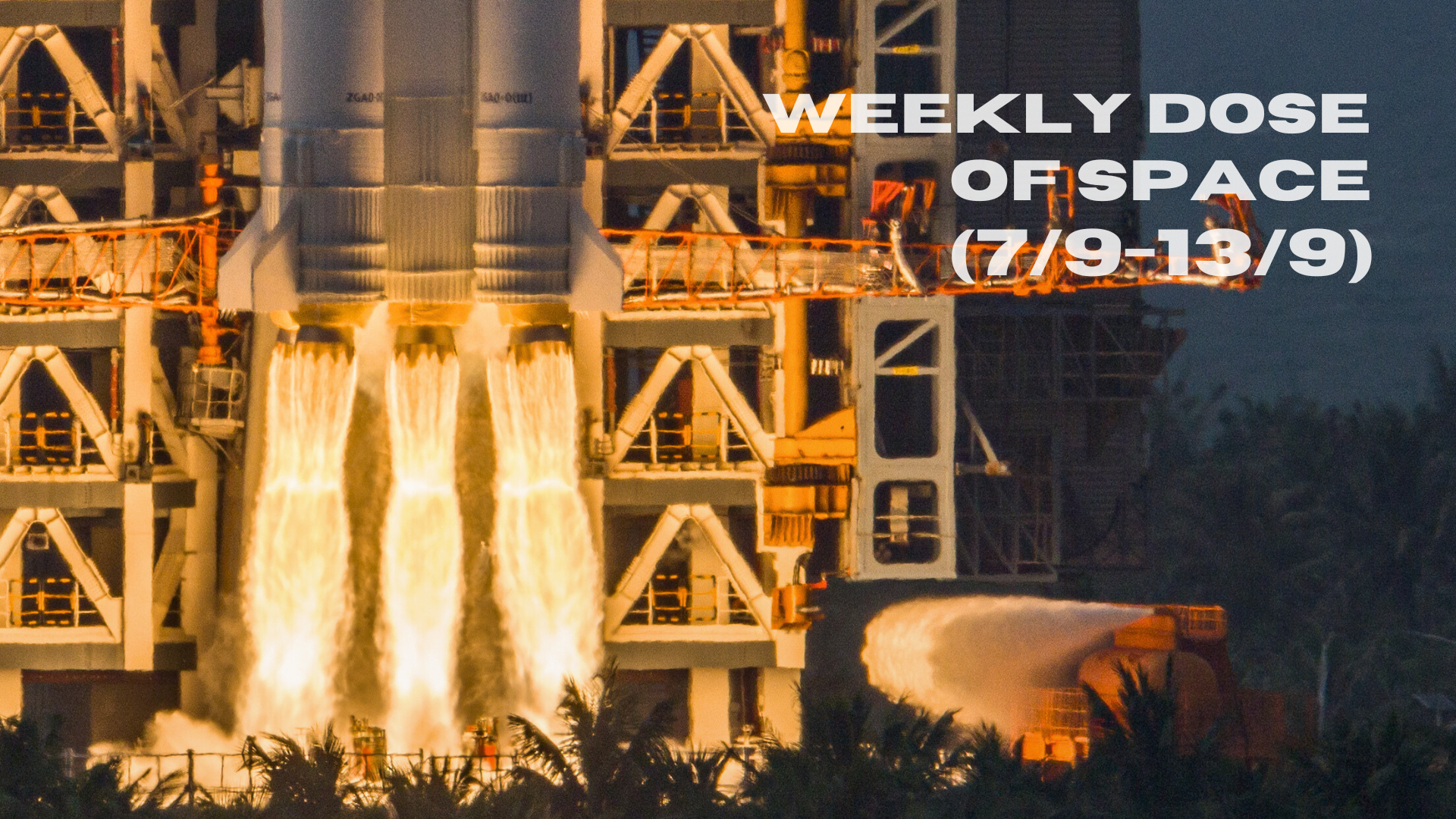Table of Contents
Welcome back to Weekly Dose of Space! This week saw seven orbital launches taking place, with several for constellations. News from the week had progress towards the Dragonfly spacecraft, China testing its Moon rocket again, and SpaceX spending billions for Starlink. As always, we'll also look ahead to what the worldwide launch schedule might look like next week.
Launches This Week
September 8th - Jielong-3 with Geely Group 05
A Jielong-3 blasted off from a sea launch platform off the coast of Haiyang, Shandong province, heading into low Earth orbit with eleven satellites for Geespace's Geely Future Mobility Constellation. With this launch, the constellation now has fifty-two satellites for providing communication, connectivity, and positioning services.
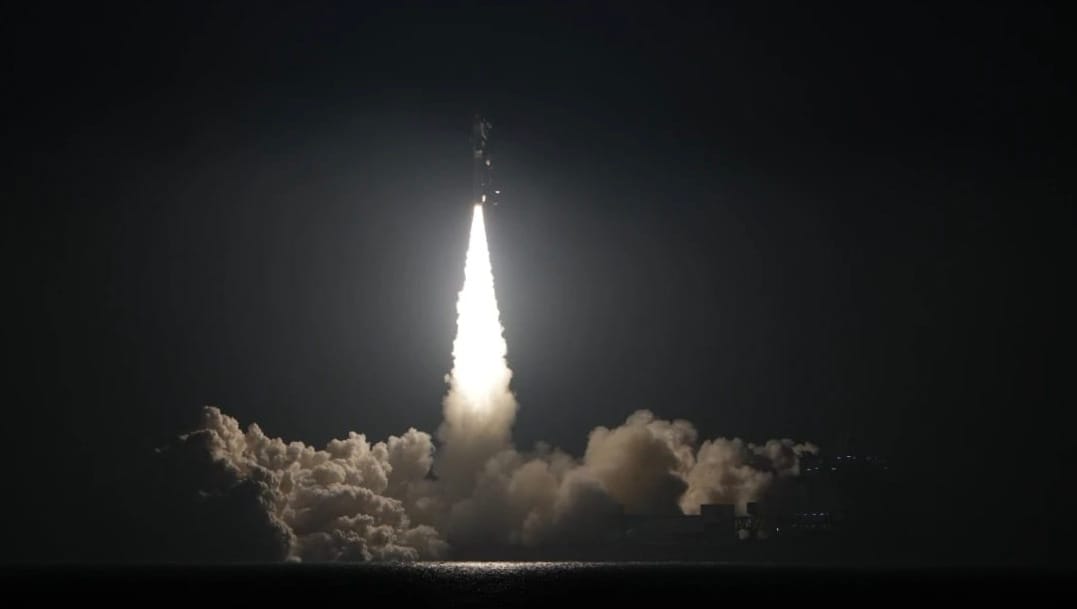
September 9th - Long March 7A with Yaogan-45
Out of Launch Complex 201 at the Wenchang Space Launch Site, a Long March 7A flew into a medium Earth orbit carrying the Yaogan-45 remote sensing satellite. Yaogan-45 will reportedly be used for scientific experiments, land resource surveys, crop yield estimation, as well as disaster prevention and relief efforts.
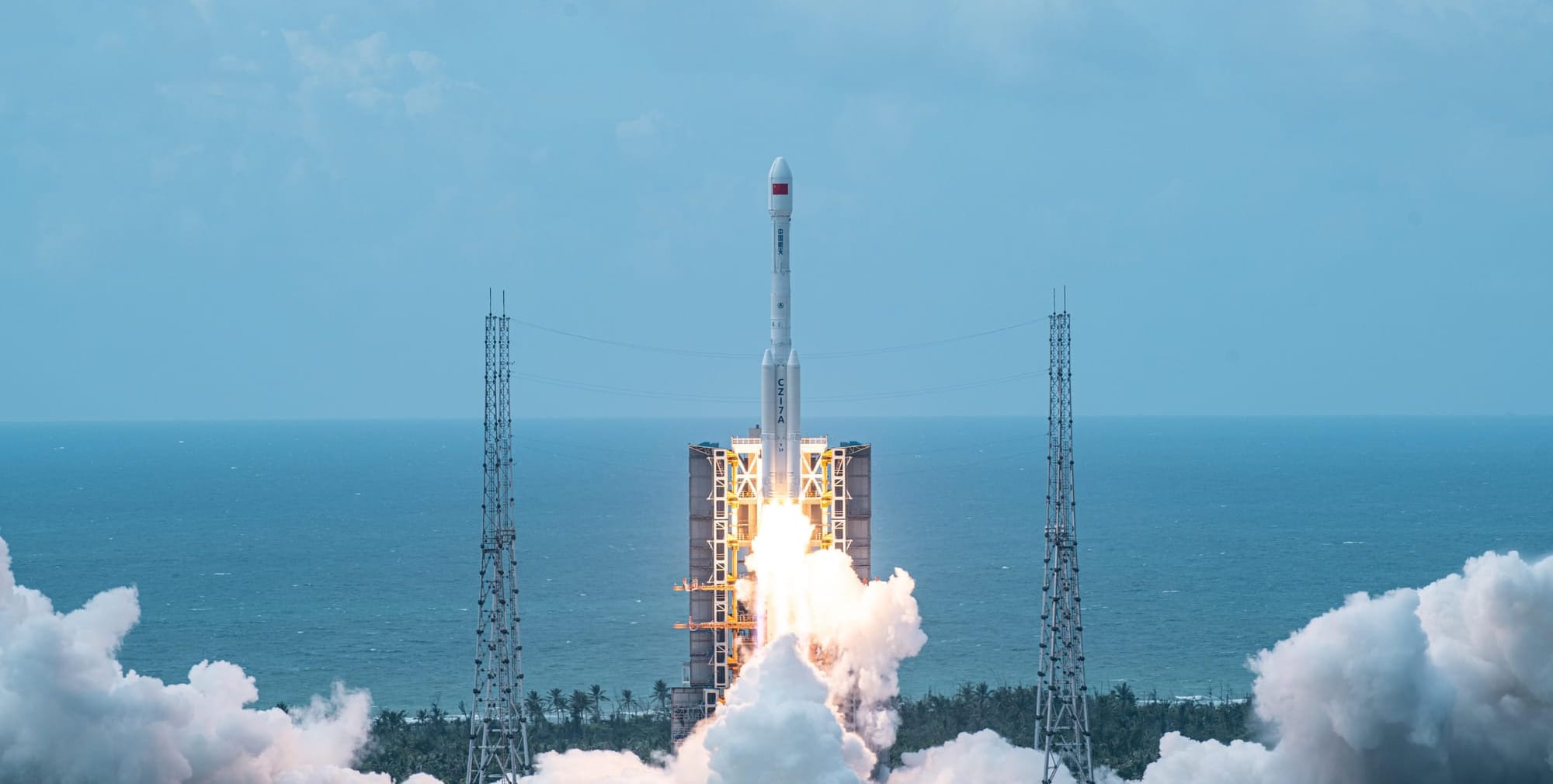
September 10th - Falcon 9 for Tranche 1
For the U.S. Space Development Agency, a Falcon 9 launched from Space Launch Complex 4E, in California, for the Tranche 1 Transport Layer B mission carrying twenty-one satellites into polar orbit. Supporting this mission was booster B1093 for its sixth flight, landing downrange on the drone ship 'Of Course I Still Love You'.
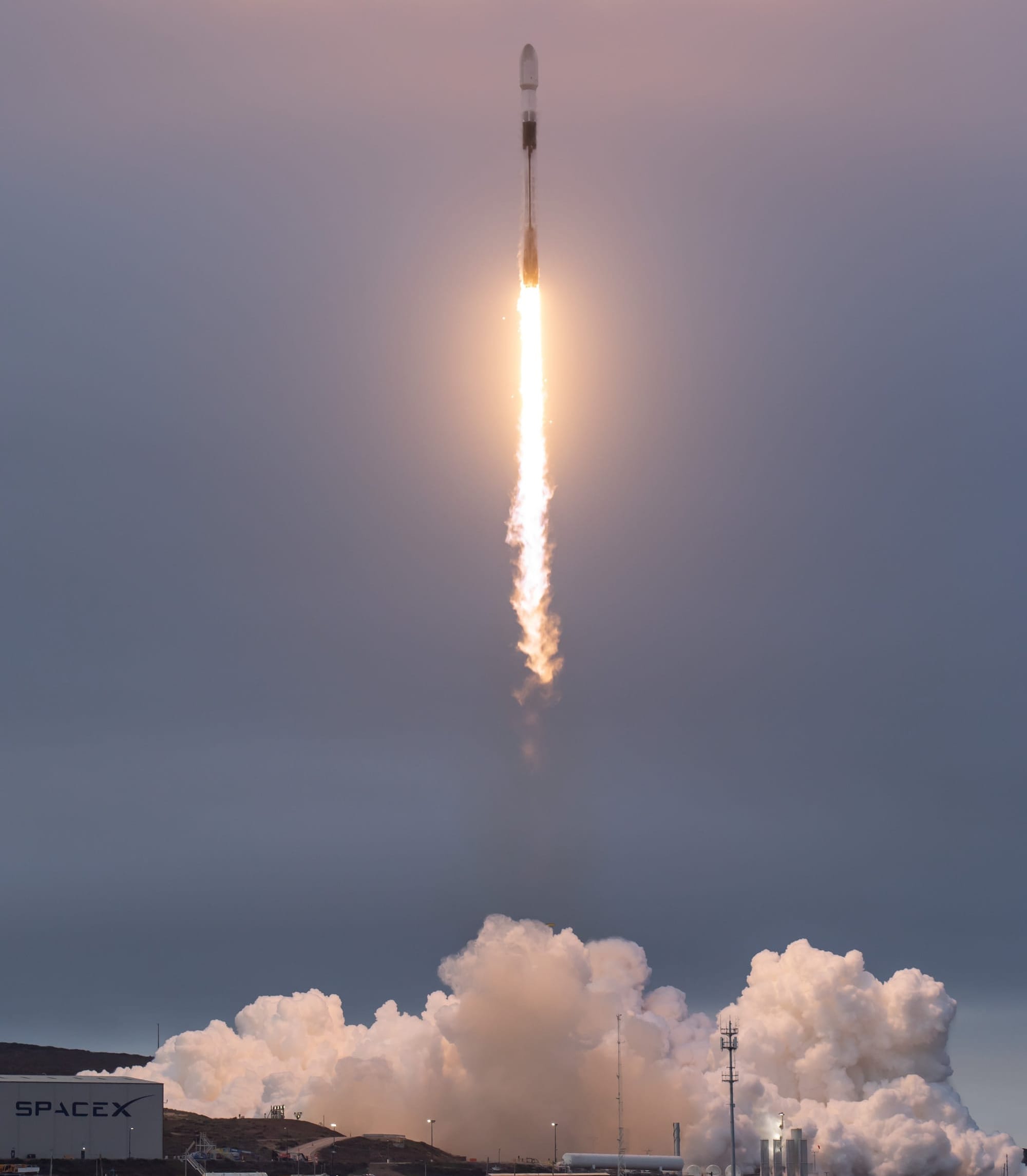
September 11th - Soyuz 2.1a with MS-32
A Soyuz 2.1a launched the Progress MS-32 cargo resupply mission to the International Space Station from the Baikonur Cosmodrome. Onboard the resupply spacecraft were consumables for the crew as well as scientific experiments.
Another successful launch! Progress MS-32 is on its way to the International Space Station. Docking to the Zvezda module is scheduled for September 13th at 20:27 Moscow Time (17:27 UTC).
— afec7032 🇷🇺 (@robert_savitsky) September 11, 2025
Best moments:
1. Liftoff
2. Boosters separation
3. Core stage sep.
4. 3rd stage sep. https://t.co/xgb5DNiDSw pic.twitter.com/Cdj3QD79zc
The launch of Progress MS-32 atop of Soyuz 2.1a from Baikonur Cosmodrome, via robert_savitsky on Twitter.
September 12th - Falcon 9 with Nusantara Lima
SpaceX launched Indonesia's Nusantara Lima telecommunications satellite to a geostationary transfer orbit from Space Launch Complex 40, in Florida, atop of a Falcon 9. Booster B1078 supported this mission for its twenty-third flight, landing on the drone ship 'A Shortfall Of Gravitas'.
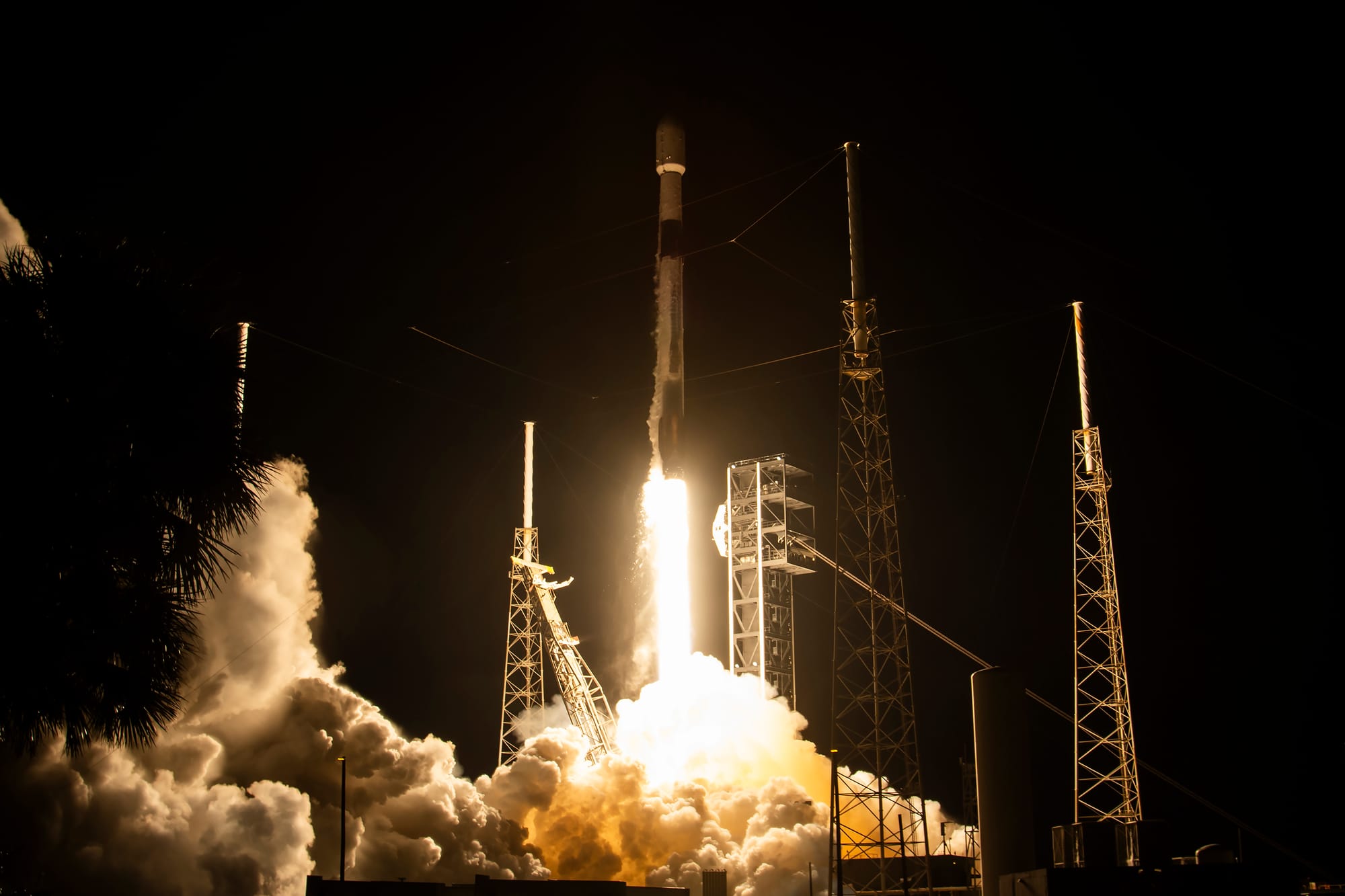
September 13th - Soyuz 2.1b with Cosmos 2595 & 2596
Two Cosmos satellites were launched from the Plesetsk Cosmodrome atop of a Soyuz 2.1b. One satellite is said to be a Glonass-K satellite while the other is an experimental spacecraft.
Video of today's Soyuz-2.1b launch from Plesetsk cosmodrome
— afec7032 🇷🇺 (@robert_savitsky) September 13, 2025
Ministry of Defense reports that a stable telemetry link with the payloads has been established, and the spacecraft's onboard systems are functioning normally.
Spacecrafts were given designations Cosmos-2595 and 2596. https://t.co/gQ8KmoGYID pic.twitter.com/gFuQwbRQBM
Liftoff of Soyuz 2.1b from the Plesetsk Cosmodrome, via robert_savitsky on Twitter.
September 13th - Falcon 9 with Starlink Group 17-10
Twenty-four Starlink satellites were sent into low Earth orbit by a Falcon 9 flying from Space Launch Complex 4E. Supporting this mission was booster B1071 for its twenty-eighth flight, with a landing downrange on the drone ship 'Of Course I Still Love You'.
In Other Space News
Dragonfly passes through development activities
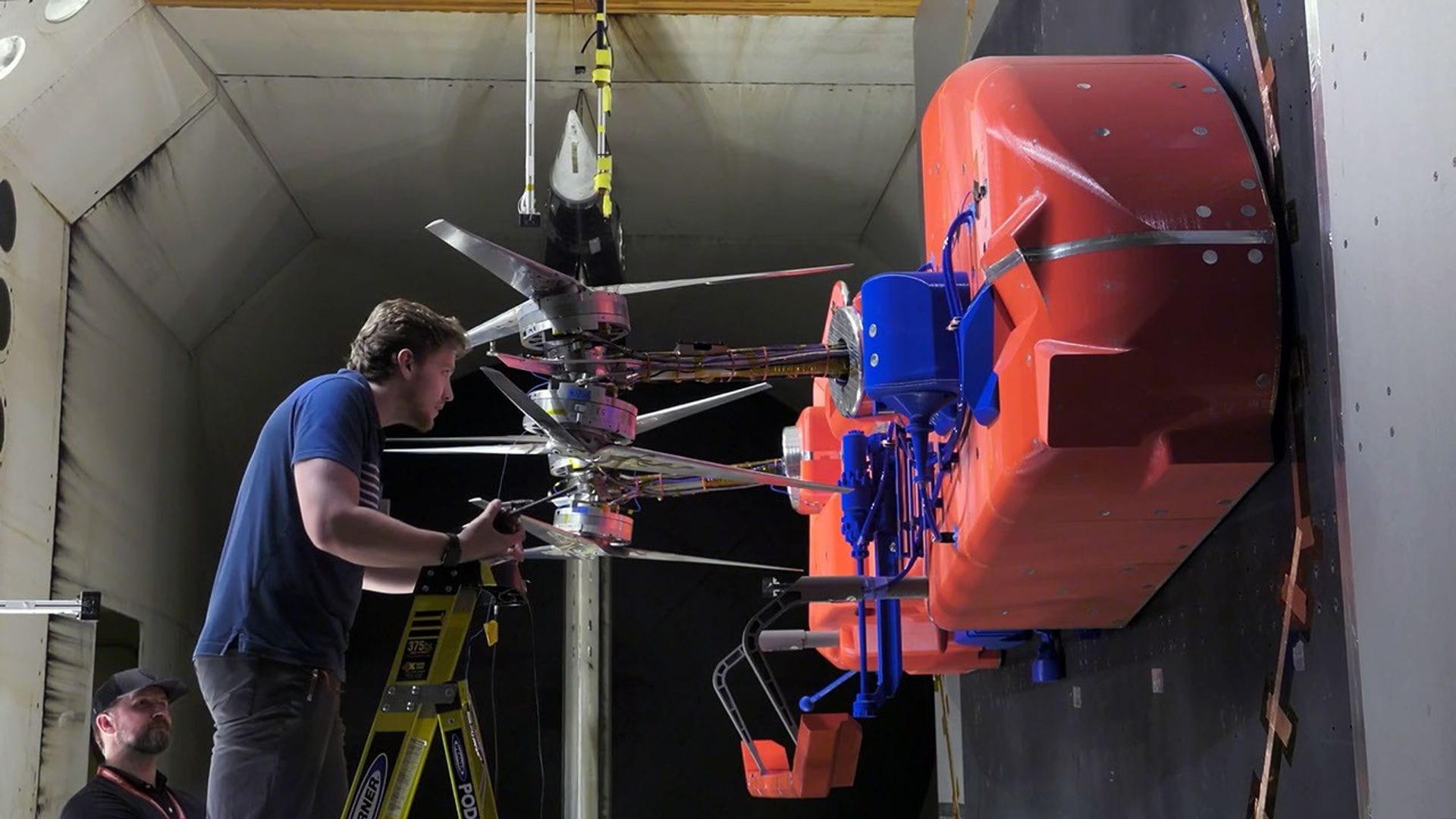
NASA reported on September 8th that its car-sized, nuclear decay-powered flying spacecraft, Dragonfly, is proceeding through development and testing activities ahead of its mission to Saturn's moon Titan. Providing an overview of recent activity, Dragonfly principal investigator from Johns Hopkins Applied Physics Laboratory, Elizabeth 'Zibi' Turtle, shared:
"Dragonfly has moved far beyond a concept on a computer screen – the components of the rotorcraft lander are being built as scientists and engineers transform this bold exploration idea into reality," – "From the cleanrooms to the wind tunnels, we’re performing critical tests that are informing our next steps of development and demonstrating how Dragonfly will perform on and above Titan’s surface."
Some recent testing and development activities include testing the spacecraft's rotors in Titan-like conditions within a transonic wind tunnel, completing parts of Dragonfly's mass spectrometers, testing thermal insulation that will keep the vehicle warm, and assembling flight radios that will allow Dragonfly to talk to Earth. Lockheed Martin has also recently passed the first milestones in building the heat shield that will carry Dragonfly into Titan's atmosphere.
Back in April, Dragonfly passed its critical design review, with its integration and test phase set to begin in January 2026. At the moment, the spacecraft is set to launch in 2028, for an arrival on Titan in 2034.
Long March 10 completes second static fire
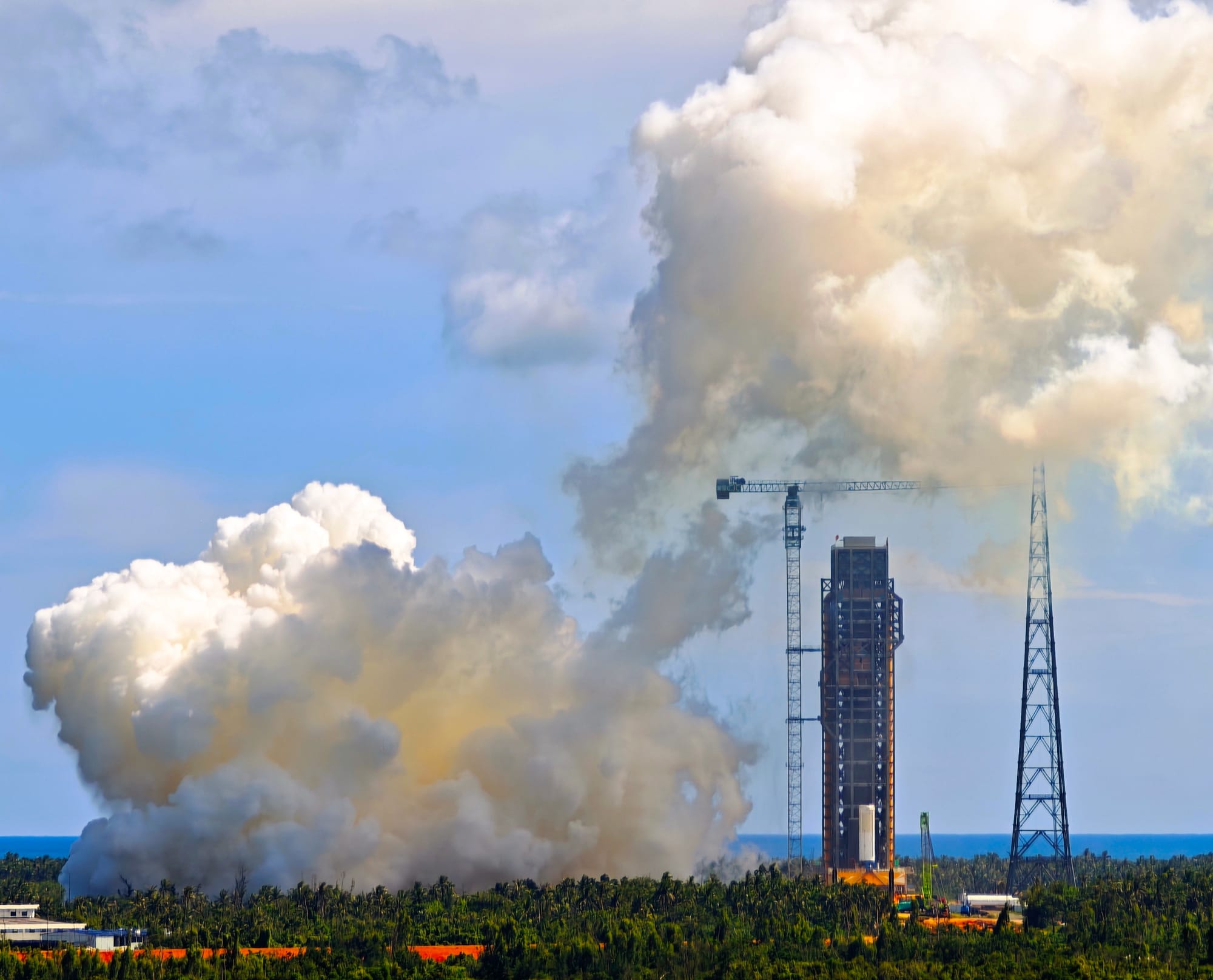
At the Wenchang Space Launch Site on Launch Complex 301, the Long March 10 series' static fire article completed its second set of static fires on September 12th, following an earlier one in August.
According to the China Academy of Launch Vehicle Technology and the China Manned Space Agency, the test firing verified the parallel working of the seven engines at various low and high throttle settings, as well as understanding hardware stress while gimbaling, alongside demonstrating engine restarts. A total cumulative firing time of the test articles' seven YF-100K engines was stated to be 320 seconds.
Following the test firings, involved enterprises and agencies stated the following regarding the Long March 10's test campaign:
“To date, the two planned tethered ignition tests have been completed, comprehensively verifying the performance of the rocket's first-stage seven-engine power system and the correctness and reliability of the recovery phase operating procedure design, marking a breakthrough in the development of the prototype of the Long March 10 series carrier rocket.” – “The tethered ignition test of the Long March 10 series of launch vehicles is carried out in steps according to the idea of gradual and step-by-step verification, focusing on the two goals of performance verification of the power system of the seven-engine parallel engine of the first stage and recovery and reuse verification.”
This week's static fire and the one in August were key development milestones for China's Long March 10 Moon rocket, set to fly in late 2026 or early 2027, and the smaller Long March 10A, likely to fly in the first half of 2026.
SpaceX spends 17 billion for Starlink
SpaceX announced on September 8th that it is buying out EchoStar's licenses for the 50 MHz S-band spectrum and global Mobile Satellite Service to consolidate its Starlink internet constellation business. The deal has SpaceX spending 8.5 billion United States Dollars in cash as well as 8.5 billion in its stock, for a total deal value of 17 billion.
With the new licenses, SpaceX expects to expand its Direct to Cell offerings from the Starlink constellation, providing coverage to mobile devices nearly worldwide. According to the company, the new licensees enable a step change in performance for Starlink Direct to Cell.
What to Expect Next Week
September 14th - Falcon 9 with NG-23
Northrop Grumman's twenty-third Cygnus resupply mission is set to fly to the International Space Station atop a Falcon 9, departing from Space Launch Complex 40.
September 15th - Long March 2C with a to-be-announced payload
A Long March 2C is expected to launch out of the Jiuquan Satellite Launch Center carrying an unannounced payload.
September 17th - Falcon 9 with Starlink Group 17-12
A batch of Starlink satellites are planned to be launched on top of Falcon 9, flying from Space Launch Complex 4E to low Earth orbit.
September 18th - Falcon 9 with Starlink Group 10-61
From Space Launch Complex 40, another batch of Starlink satellites will head to low Earth orbit via a Falcon 9.
September 18th - New Shepard for NS-35
Blue Origin is planning to fly its New Shepard rocket from its West Texas site on a suborbital mission carrying several commercial and scientific payloads.

